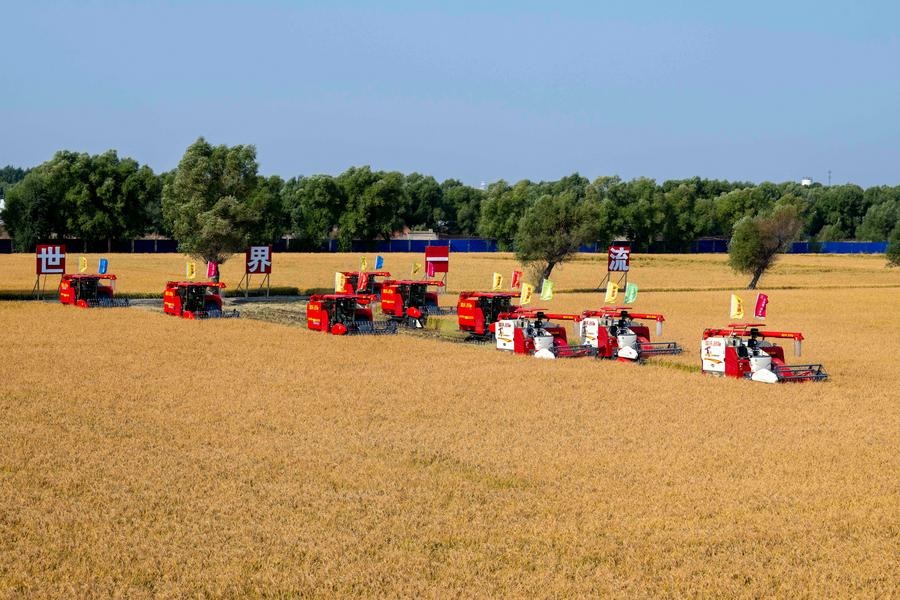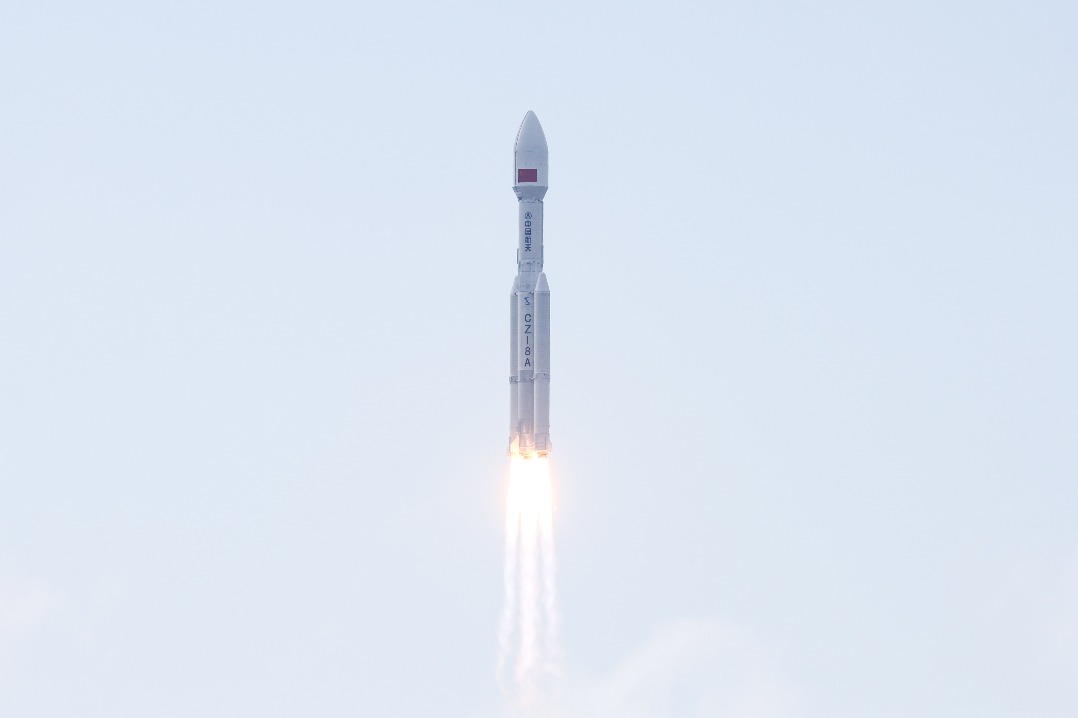Space industry soars to new heights

Although the far side has been extensively photographed by spacecraft, starting with a Soviet probe in 1959, no probe had ever made a soft landing there before, so scientists worldwide had not been able to conduct close observations and surveys.
With its investigation of the far side, particularly the Von Karman crater, the Chang'e 4 mission will enable scientists to deepen their knowledge of the early history of the moon and the solar system.
Zou Yongliao, head of the Chinese Academy of Sciences' Lunar and Deep Space Explorations Department, said the South Pole-Aitken basin is about 12 kilometers deep, which will allow for investigative work under the surface.
Moreover, rocks on the far side are generally older than those on the side visible from Earth, which will help researchers to better understand lunar chemical compositions, Zou said.
Steve Durst, founding director of the International Lunar Observatory Association, a nonprofit organization in Hawaii, said astronomers globally have long wanted to carry out observations on the far side, which promises to produce clearer images, as the moon itself blocks electromagnetic transmissions from Earth.
"We are very hopeful that the Chang'e 4 will open up a new era in astronomy," he said.
Zhang He, executive director of the Chang'e 4 program at the China Academy of Space Technology, said, "As no probe had landed on the far side before, all scientific information obtained by the Chang'e 4 will be new to the world."
- Nanjing launches 10th Chinese Parasol Tree Award
- China unveils details of investigation into cross-border telecom fraud ring
- Chinese police crack down on fraud gang in northern Myanmar
- Tech-tonic shifts
- Top court strengthens govt dept regulatory oversight
- Cold front sweeps through China as lower temperatures expected




































